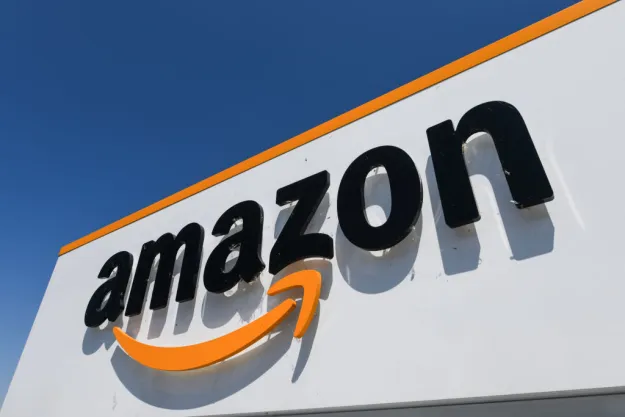Is two days one day too long to wait for your online order? With competitors like Walmart breathing down your neck, Amazon clearly thinks so, which is why it’s ramping up efforts to bring one-day shipping to Prime members across the country and beyond.
We first heard about Amazon’s intention to speed up standard shipping times in April, when the company said it was investing around $800 million to build out the infrastructure so that shoppers can receive their orders in one business day instead of the current two.
This week the company said it’s already expanded free one-day delivery for Prime members to 10 million products for locations across the U.S. In a post online, Amazon said that when it launched two-day delivery in 2005, it only offered a million items for shipping. Now, 14 years on, it’s cut the delivery time in half and achieved a tenfold increase in the number of available items.
Offering a peek into American shopping habits, it said that today’s most popular items for one-day shipping include everything from books, beauty, and baby wipes to devices, dish detergent, and doggie bags.
While the company already offers one-day shipping and a same-day service called Prime Now, these options are only for select locations and cover a limited range of items. Its main focus at the present time is to overhaul its long-standing two-day shipping pledge and shorten it to one day for all Prime customers.
Commenting on its work to roll out the service, Brian Olsavsky, Amazon’s chief financial officer, said recently: “We expect to make steady progress quickly and through the year,” though he admitted that it could take “a significant amount of time” to achieve one-day shipping globally.
Amazon’s shipping update this week puts Walmart firmly in its sights after the rival retailer last month announced it was offering free next-day delivery for all customers, not just members.
Walmart’s service covers 220,000 frequently purchased products and requires a minimum purchase of $35. At the start, it’s limited to addresses in Phoenix, Las Vegas, and southern California, though it’s aiming to reach 75% of the U.S. population by the end of 2019.
Digital Trends recently pitted Amazon and Walmart against each other to find out which offers the best online shopping experience for customers.
Editors' Recommendations
- Amazon expands Fresh grocery delivery for non-Prime members
- Amazon makes it harder for non-Prime members to get free delivery
- We’re getting another Amazon Prime shopping event in October this year
- Amazon taps florists and coffee shops for help with deliveries
- Amazon starts drone delivery trials in California and Texas


